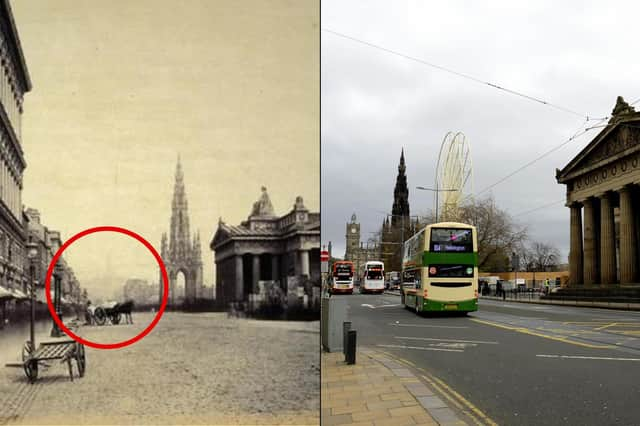Those of us in Edinburgh (or “Auld Reekie” as it’s known in Scots) are all too familiar with the traffic caused by construction, but some of these pictures put into perspective the long-term benefits of that work as we appreciate where we are now.
A masterpiece of architecture, Edinburgh’s Old Town and New Town reflect the city’s history and tell the stories of a bygone past that add character and charm to Scotland’s fabled capital city.
Here are 11 pictures that show Edinburgh then and now; with photographs taken many lifetimes from our own. When future content creators mark the changes between our present and their own, what changes do you expect we’ll see?
Here are 11 pictures that show Edinburgh then and now; with photographs taken many lifetimes from our own. When future content creators mark the changes between our present and their own, what changes do you expect we’ll see?
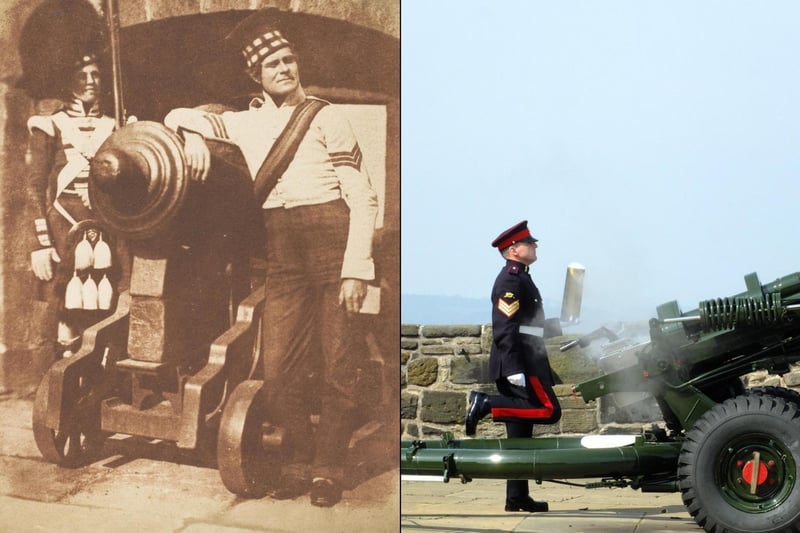
5. Edinburgh Castle, cannons (1843–47)
Edinburgh's famous "One o'clock gun" - which is the cannon being fired daily at 1 in the afternoon - is a tradition that dates back to 1861. It served as a time signal to ship captains so they could set their chronometers at Leith Harbour, 2 miles away. Photo: B (Flickr) / Harris Brisbane Dick Fund, 1937 (WikiCommons)
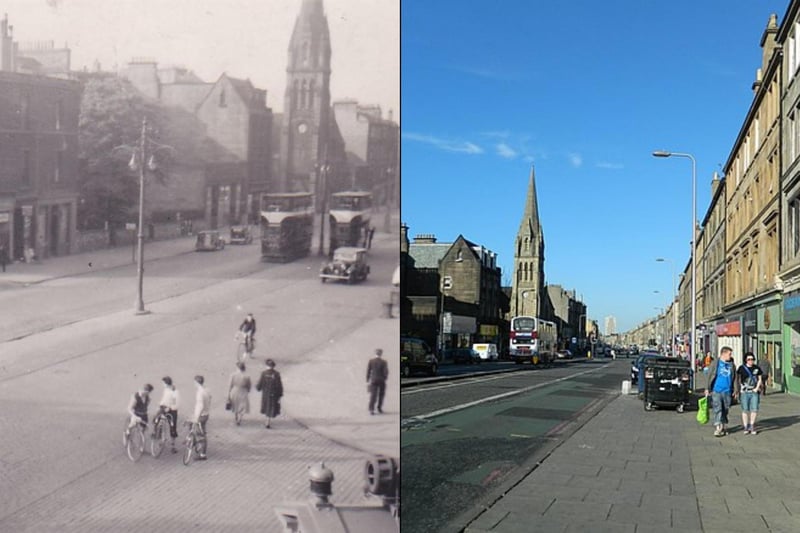
6. Leith Walk (1950s)
Leith received Scotland's first electric tram back in 1905, at Leith Walk it would terminate at Pilrig Church (seen in the background) before passengers would then have to change to cable-drawn cars, this chaos was called the "Pilrig muddle". Photo: alljengi (Flickr) / John Lord (WikiCommons)
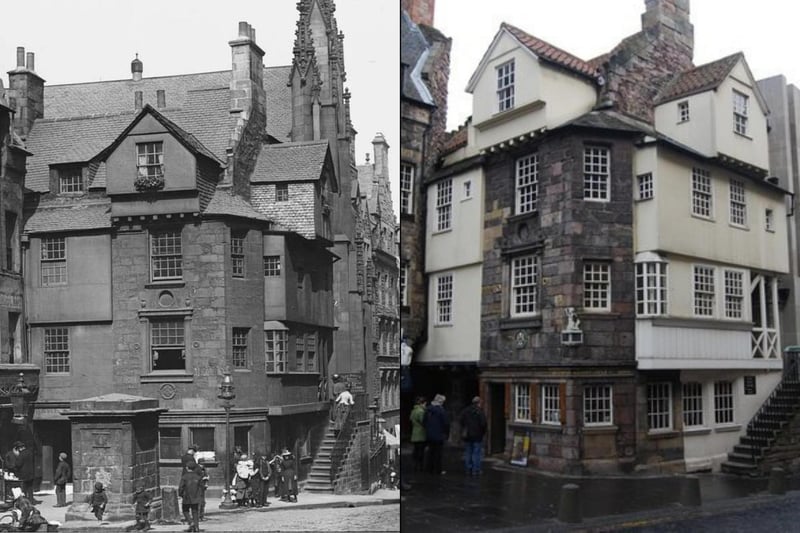
7. John Knox House (1890-99)
John Knox House has been dated back to 1470 - this makes the building, along with Moubray House which is attached to it, the oldest original medieval building still standing on the Royal Mile. Photo: (C) Picryl / N Chadwick (WikiCommons)
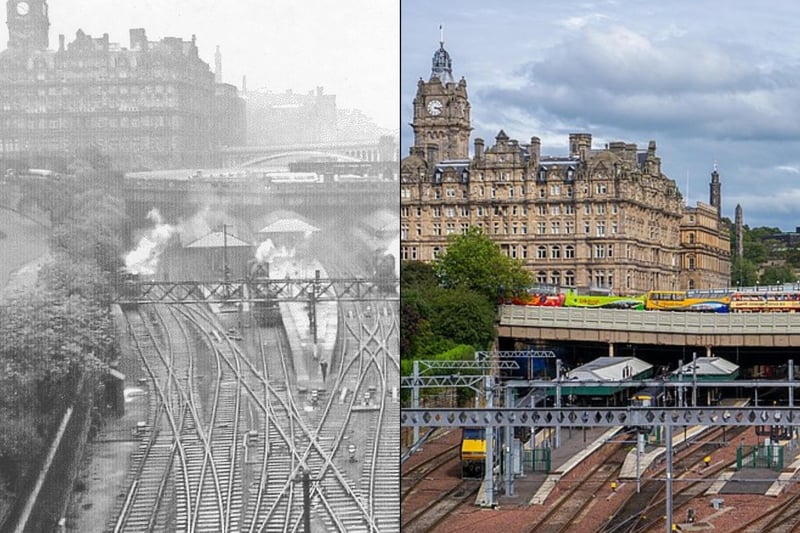
8. Edinburgh Waverley Station (1957)
This shot, taken from the Mound, tells the story of the development of the rail system - as you can see there are many steam engine trains however steam traction ended in the 1960s after diesel trains were introduced. Photo: Ben Brooksbank / Ermell (WikiCommons)
